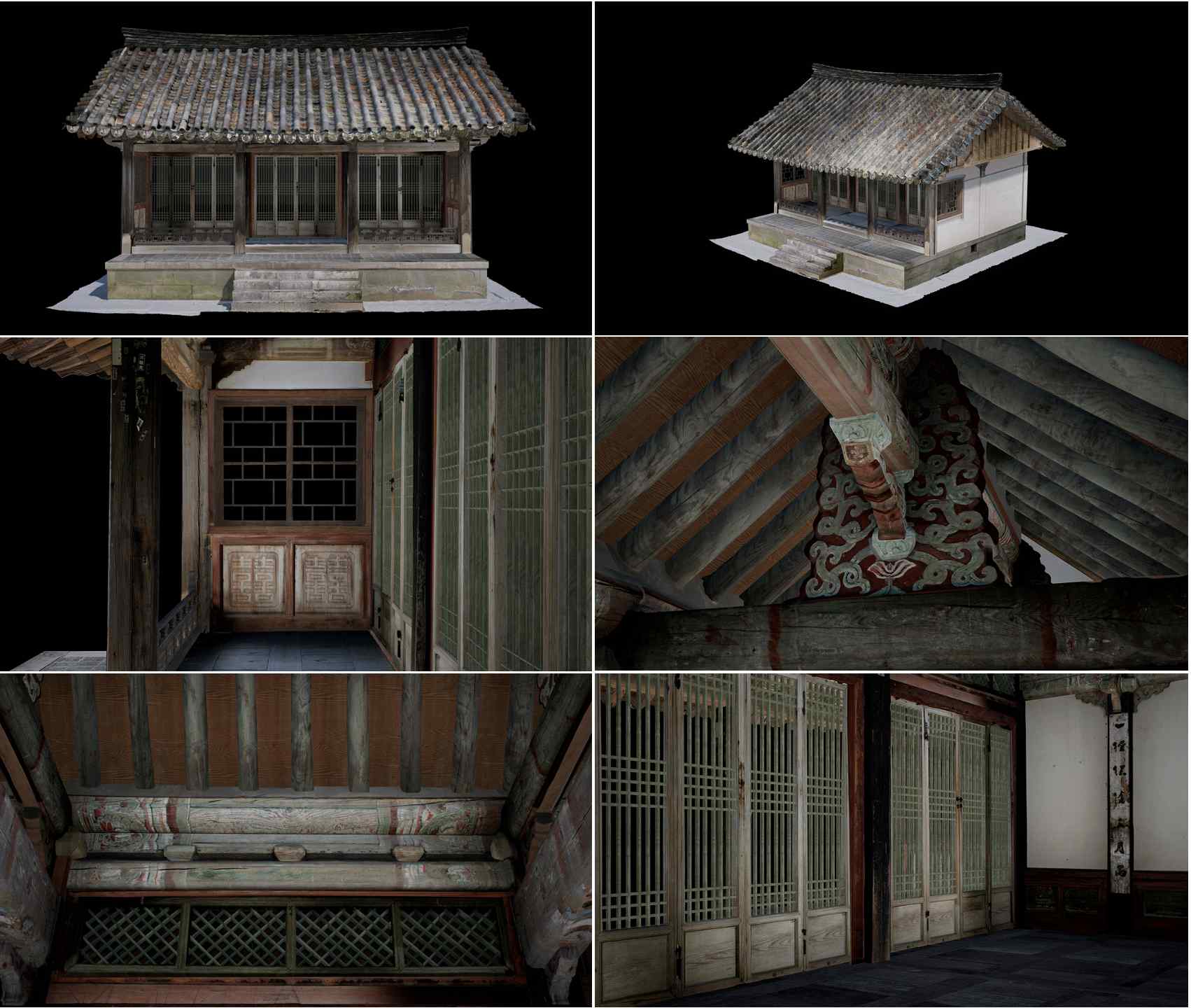
This is what Gwanwoldang Shrine, which was used as a place of prayer with the statue of Gwanseeum-bosal, or Avalokitesvara, the bodhisattva of compassion and mercy, looked like in Kamakura, Japan, before it was disassembled last year. (Korea Heritage Service)
By Charles Audouin
Photos = Korea Heritage Service
Gwanwoldang Shrine, which is believed to be a royal artifact from the Joseon Dynasty (1392-1910), has been returned to Korea some 100 years after being taken to Japan during Japanese colonial rule (1910-45) of the Korean Peninsula.
The Korea Heritage Service (KHS) on June 23 said it signed an agreement with Kotoku-in, a Buddhist temple in Kamakura, Japan, that owned Gwanwoldang, and officially received major parts comprising the frame of the shrine.
The structure is believed to have been built around the 18th or 19th century. Its original name, location in the Joseon era and other details remain unclear.
Research conducted in Korea found a high probability that Gwanwoldang was first based in the Seoul area. The Chosen (Joseon) Industrial Bank is believed to have donated the shrine in 1924 to Sugino Kisuke, the first president of Yamaichi Securities.
Gwanwoldang was later moved to Tokyo. In the 1930s, it was relocated again after Kisuke donated it to Kotoku-in in Kamakura.

This is a 3D scan of Gwanwoldang, which is believed to be a royal shrine of the Joseon Dynasty (1392-1910) from the 18th to 19th centuries. Though the structure has a relatively simple wooden structure, it sports a colorful and dignified interior design.
Gwanwoldang is a wooden building in the style of a royal shrine from the late Joseon era, with three compartments in the front and two on the side and elements of traditional palace architecture. The dragon design engraved on the roof-end tiles shows architectural elements related to a royal palace or the king's family.
The shrine was dismantled in Japan last year for its return to Korea, and its parts are in storage at a facility of the Korea Foundation for the Traditional Architecture and Technology in Paju, Gyeonggi Province. Restoration work is pending.
"The return of Gwanwoldang is a meaningful result from our long-term bilateral consultations and cooperation with Japan," KHS Administrator Choi Eung-Chon said. "We hope that this return, which came in the year marking the 80th anniversary of liberation and the 60th anniversary of the normalization of diplomatic relations with Japan, will symbolize cultural solidarity and future-oriented cooperation between both sides."
caudouin@korea.kr